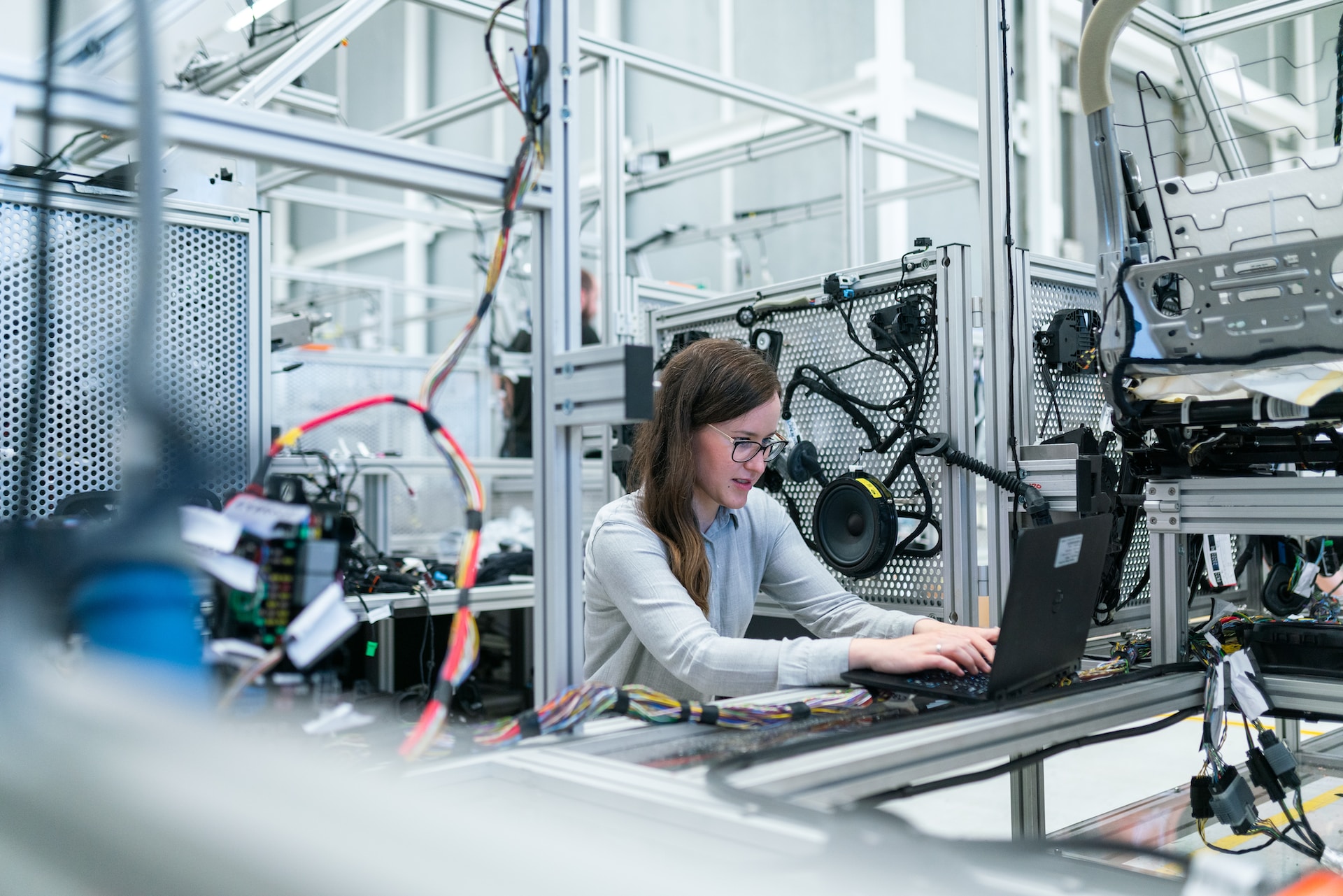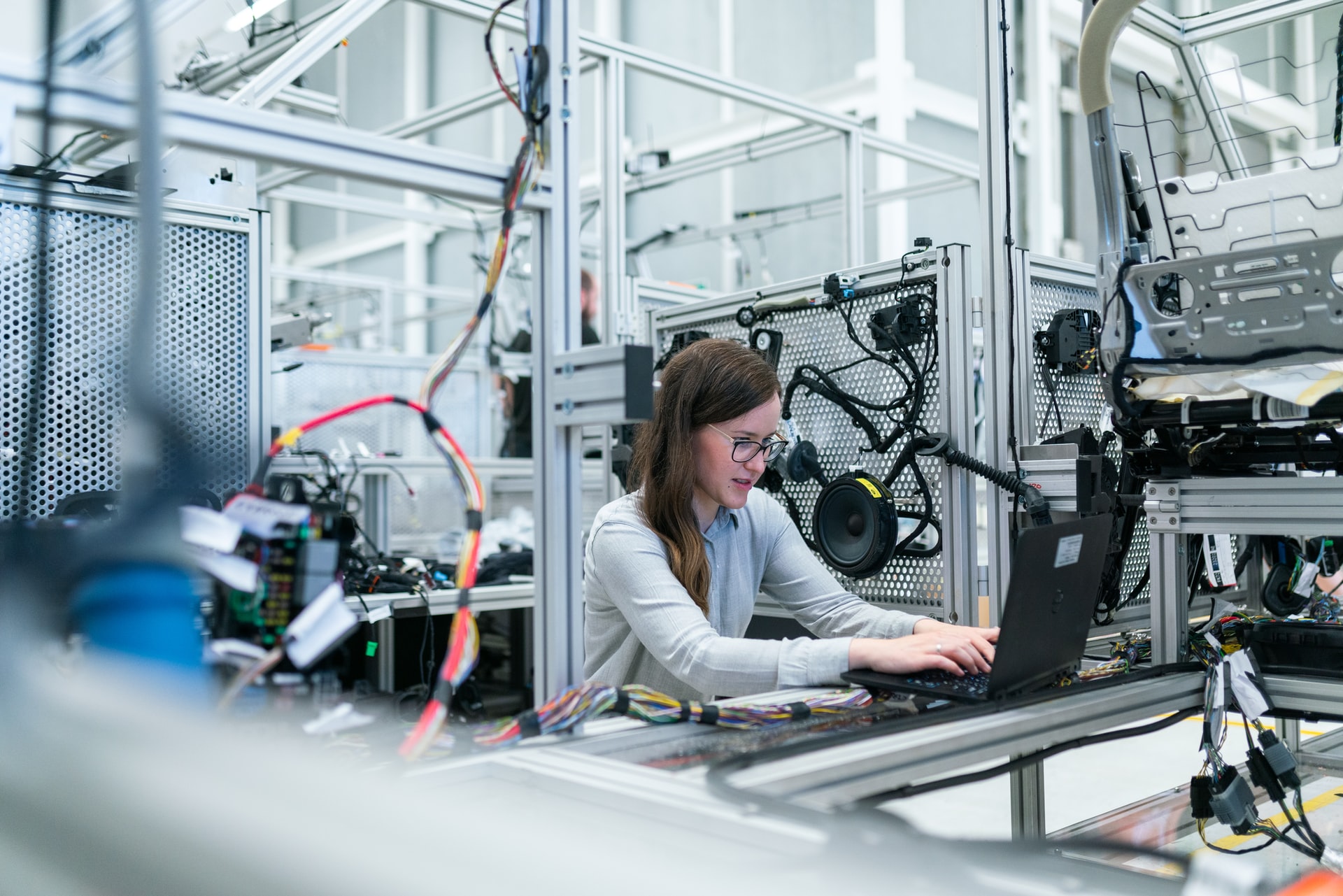Everything You Need to Know About the Different Types of Semiconductors
March 17, 2020 - Emily Newton
Revolutionized is reader-supported. When you buy through links on our site, we may earn an affiliate commision. Learn more here.
Semiconductors play a vital role in the functionality of computerized devices or those with radio waves. But, if you’re like many people who don’t have a background in electronics, you probably haven’t thought much about semiconductors and the different types available.
What Is a Semiconductor?
A semiconductor is a solid material with electrical conductivity between a conductor and an insulator. A conductor allows electrons to travel through it. In contrast, an insulator inhibits that movement. A semiconductor conducts electrical current, but only in some circumstances.The level to which a semiconductor conducts current varies depending on several things. Those include the current or voltage applied to a control electrode or the irradiation intensity of light.
How Is a Semiconductor Made?
Remember in science class when you learned about an atom’s layered arrangement for electrons? Each layer is a shell, and the outermost one is the valence shell. The electrons in the valence shell form covalent bonds with neighboring atoms. A semiconductor usually has four electrons in the valence shell. Most semiconductors only have one.
If all neighboring atoms are the same type, valence electrons may bind with those from other atoms. That process makes the atoms arrange in formations called crystals. Those crystals comprise semiconductors.
While learning about different types of semiconductor, you’ll likely come across a term called doping. It’s the deliberate introduction of small amounts of other elements into crystals. Doping changes the conductivity of a semiconductor. It causes either a deficiency or excess of valence electrons.
Silicon is one of the most widely used materials for semiconductors. However, pure silicon is useless as a semiconductor, making doping necessary. Two of the common additions for silicone doping are boron and phosphorus. Regardless of the types of semiconductors created, the introduced element is the dopant.
What Are the Two Main Types of Semiconductor?
There are two primary kinds of semiconductors. The first is called a P-type semiconductor. It occurs when the dopant has three electrons in the valence shell. Bringing a small amount of the dopant into the crystal lets the atom bond with four atoms. However, since there are only three electrons present, a hole gets created. The hole acts as a positive charge to attract electrons.
If an electron moves into a hole, that change creates a new hole at the electron’s previous location. A P-type semiconductor has holes constantly moving around the crystal. Electrons shift to fill the holes due to the attraction. In a P-type semiconductor, there are more holes than free electrons. Both the free electrons and holes conduct electricity. The holes are majority current carriers, while the electrons are minority carriers.
Then, an N-type semiconductor has a dopant with five electrons in its valence layer. The dopant’s atoms join inside the semiconductor’s crystal structure. They bond with four of the semiconductor’s atoms. But, recall that a semiconductor typically has four electrons in the valence layer. The dopant, in this case, has five.
The extra valence electron in the dopant’s atom cannot bond, so it moves around. The dopant gives its free electron to the semiconductor. That means there are more electrons than holes to hold them. In an N-type semiconductor, the electrons are the majority carriers of current. The holes are the minority carriers.
You can also join a P-type and N-type semiconductor. Then, the point where the two link is called a P-N junction. Applying voltage to any semiconductor creates current. It makes the electrons flow in one direction.
What to Know About Elemental and Compound Semiconductors
Beyond P-type and N-type semiconductors, there are elemental and compound ones. Elemental semiconductors have single elements. As mentioned earlier, silicon is a common material for semiconductors. It’s also the primary component in sand. Elemental semiconductors typically contain silicon and germanium.
Compound semiconductors have at least two elements in them. Gallium Arsenide is a frequently seen example. It’s the most common modern semiconductor material after silicon. Gallium and Arsenic are the two elements in this compound semiconductor.
What Are the Types of Semiconductor Devices?
A diode is the simplest kind of semiconductor device. It has two electrodes. One is the anode, and the other is a cathode. Outside current flows into the anode and out from the cathode.
A diode is a type of semiconductor device featuring a P-N junction. The current flowing through a diode can only go in one direction, called the forward direction. It’s otherwise blocked, and the diode acts similar to a one-way valve. When a diode has negative voltage across it, the current cannot flow. Then, the diode is “reverse biased,” or off.
Conversely, a diode that does not have negative voltage across it is “forward biased” or turned on. A so-called ideal diode acts like a perfect conductor when forward biased, and a perfect insulator in a reverse-biased state. Also, photodiodes are light-sensitive. When exposed to light, these types of semiconductor produce electron hole pairs. Then, the number of free carriers goes up.
You’ll come across types of transistors when learning about semiconductors, too. A transistor has three layers, created by P-N junctions. It looks like two diodes arranged back to back, which block current flow. However, applying current to the center of the transistor lets the flow happen. Plus, using a small amount of current can switch the transistor on or off.
A Straightforward Semiconductor Overview
Semiconductors often seem mysterious to people who don’t know the basics. Now you do, making you better equipped to feel in the loop if someone brings up the topic.
Revolutionized is reader-supported. When you buy through links on our site, we may earn an affiliate commision. Learn more here.
Author
Emily Newton
Emily Newton is a technology and industrial journalist and the Editor in Chief of Revolutionized. She manages the sites publishing schedule, SEO optimization and content strategy. Emily enjoys writing and researching articles about how technology is changing every industry. When she isn't working, Emily enjoys playing video games or curling up with a good book.




